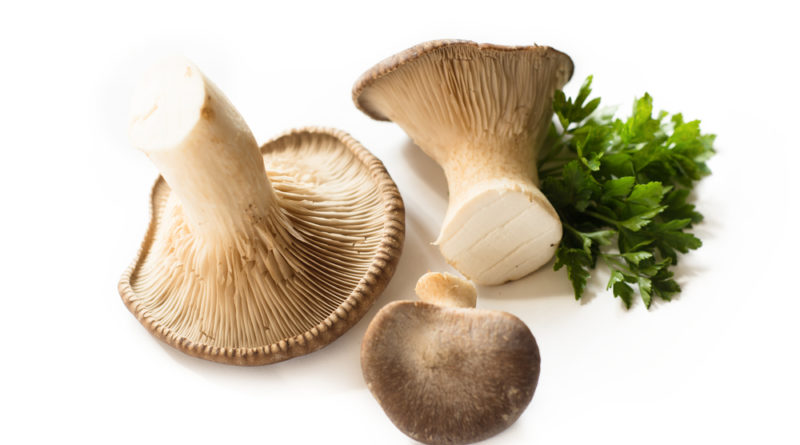5 Tools Needed for Mushroom Cultivation
Mushroom cultivation requires you to prepare some work and have the necessary machinery. Modern and optimized technological tools and procedures are the basis for mushroom growing. The complete farm cultivation process requires filter cups, trays, bottles, and chemicals for sterilization and processing. You may also need HEPA-filtered cooling & inoculation rooms, an environment with temperature controls, a steam boiler, harvest shelving, a pressurized sterilizer, pallet jack, incubation pallets, harvest rooms, and ultimately, a refrigerator to store fresh mushrooms.
Besides, you need efficient equipment to facilitate the entire process. Remember that the kind of tools you pick will depend on the type of mushroom you are cultivating, how much, when, and where you are cultivating. With that in mind, here are five tools you may need when farming mushrooms.
Exhaust Fan
Ventilation is an essential part of the micro-climate system in the mushroom cultivation chamber. Proper organization of your ventilation system can prevent mushroom clusters and buildup of moisture and carbon dioxide. Using an exhaust pump is an excellent way to regulate humidity levels in the mushroom chamber by moving the vapor in the mushroom house to the outside, maintaining proper air movement. On the other hand, insufficient ventilation can lead to fruit deformations, diseases, or even death of the fungi.
Pressure Cooker
You also require a good pressure cooker when cultivating your mushrooms. It should be of a reasonable size and quality to hold an appropriate amount of stuff.
The pressure cooker will help sterilize grains, syringes, fruiting blocks, and any other tool that require thorough cleaning. Pressure cookers come in different sizes to serve various purposes. Depending on your needs, you can choose a simple, less expensive pressure cooker or opt for a fancy complex one with longer service life.
Compost Filling & Emptying Machines
Compost preparation equipment is important when making mushroom compost. Fortunately, most of these machines are adjustable to make them easily adaptable. Typically, the composting process usually happens in an enclosed area or a structure with a shade over it. You also require a concrete slab, often known as a wharf for composting as well as a compost turner and tractor loader to aerate the water and move ingredients.
Traditionally, people turned piles by hand with pitchforks. Although this method is still an alternative to modernized machines, it requires intensive labor and physically demanding. Composting involves wetting and mixing ingredients while stacking them in a rectangular pile using a compost turner. Water is then sprayed onto the synthetic compost as the bulk ingredients move through a turner.
Petri Dishes
Petri dishes are essential tools when growing your mushrooms at home. Be sure to use disposable and pre-sterilized dishes. The size and quantity you pick will depend on your specific needs. You can opt for the plastic-made petri dishes because they are more durable than other materials, but don’t re-use them. Glass dishes are a great alternative that you can re-use for as long as you wish. However, sterilizing glass dishes in a pressure cooker is a bit challenging. Pint mason jars can also be an excellent substitute for petri dishes. The only limitation is that they are larger and transparent, meaning you cannot see through the lid.
Parafilm
Parafilm is a crucial tool that allows you to seal dishes while letting them breathe. Ideally, this is a small waxy plastic film you can cut into several strips and stretch across the plate edges. When stretched, these strips can adhere to the plates. Parafilm can also be used to seal the upper parts of test tubes when developing culture plants. Alternatively, you can use masking tape even though it isn’t as user-friendly as Parafilm.




